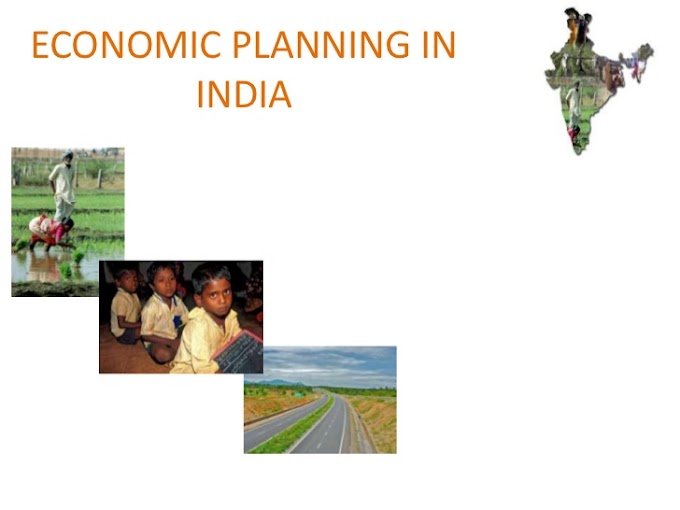Definitions
Cost Price (CP) : It is the amount spent in making the product and includes the cost of raw material.
Sales Price (SP) : It is the price at which product is sold.
Profit : If the sales price is more than cost price than the difference is realized as profit.
Loss : If the cost price is more than the sales price than the person makes a loss.
Discount: Discount is the rebate offered on the selling price or marked price of the product.
Formulae
1. Profit = Sales price - Cost price
2. Loss = Cost price - Sales price
3. Profit percentage = (profit/cost price)* 100
4. Profit on selling price = (profit/sale price) * 100
5. Selling price = Marked price - Discount
Examples
1. A shopkeeper buys scientific calculators in bulk for $15 each. He sells them for $40 each. Calculate the profit on each calculator in dollars, and as a percentage of the cost price.
Given: cost price = $15, selling price = $40
profit = selling price - cost price
= $40 - $15
= $25
Expressing the profit as a percentage of the cost price:
$profit
profit% = ------------------------ × 100%
$cost price
$25
= -------- × 100% = 166.7%
$15
2. A school bookshop sells an outdated biology text book for $49.35, making a 6% loss. What was the cost price of the book, and what is the cash value of the loss?
Given: selling price = $49.35,
loss = 6% of cost price
but, (cost price) = (selling price) + loss
Expressing as percentages of the cost price:
(cost price) = (selling price) + loss
100% x% + 6%
This means that the selling price is (100-6) = 94% of the cost price.
94
selling price = -------- × (cost price)
100
So:
100
cost price = -------- × (selling price)
94
100
= -------- × 49.35
94
= $52.50
So: loss = (cost price) - (selling price)
= $52.50 - $49.35
= $3.15
3. The usual price for an adult movie ticket at Big Screen Cinemas is $18. On Tuesdays they offer a 15% discount.
Calculate the cash value of the discount, and the cost of the tickets on Tuesdays.
Given: marked price = $18,
discount = 15% of marked price
15
= -------- × (marked price)
100
15
= -------- × $18
100
= $2.70
So: (selling price) = (marked price) - discount
= $18 - $2.70
= $15.30
On Tuesdays, the tickets cost $15.30
Assignment
1. Once I had been to the post-office to buy stamps of five rupees, two rupees and one rupee. I paid the clerk Rs 20, and since he did not have change, he gave me three more stamps of one rupee. If the number of stamps of each type that I had ordered initially was more than one, what was the total number of stamps that I bought?
2. I sold two watches for Rs. 300 each, one at a loss of 10% and the other at a profit of 10%. What is the percent loss (- ) or the percent profit (+) that resulted from the transaction?
3. Instead of a metre scale, a cloth merchant uses a 120 cm scale while buying, but uses an 80 cm scale while selling the same cloth. If he offers a discount of 20 percent on cash payment, what is his overall percent profit?
DIRECTIONS for Questions 4 and 5: Use the following information:
A watch dealer incurs an expense of Rs 150 for producing every watch. He also incurs an additional expenditure of Rs. 30,000, which is independent of the number of watches produced. If he is able to sell a watch during the season, he sells it for Rs. 250. If he fails to do so, he has to sell each watch for Rs. 100.
4. If he is able to sell only 1200 out of the 1500 watches he has made in the season, then he has made a profit of?
5. If he produces 1500 watches, what is the number of watches that he must sell during the season in order to break even, given that he is able to sell all the watches produced?





